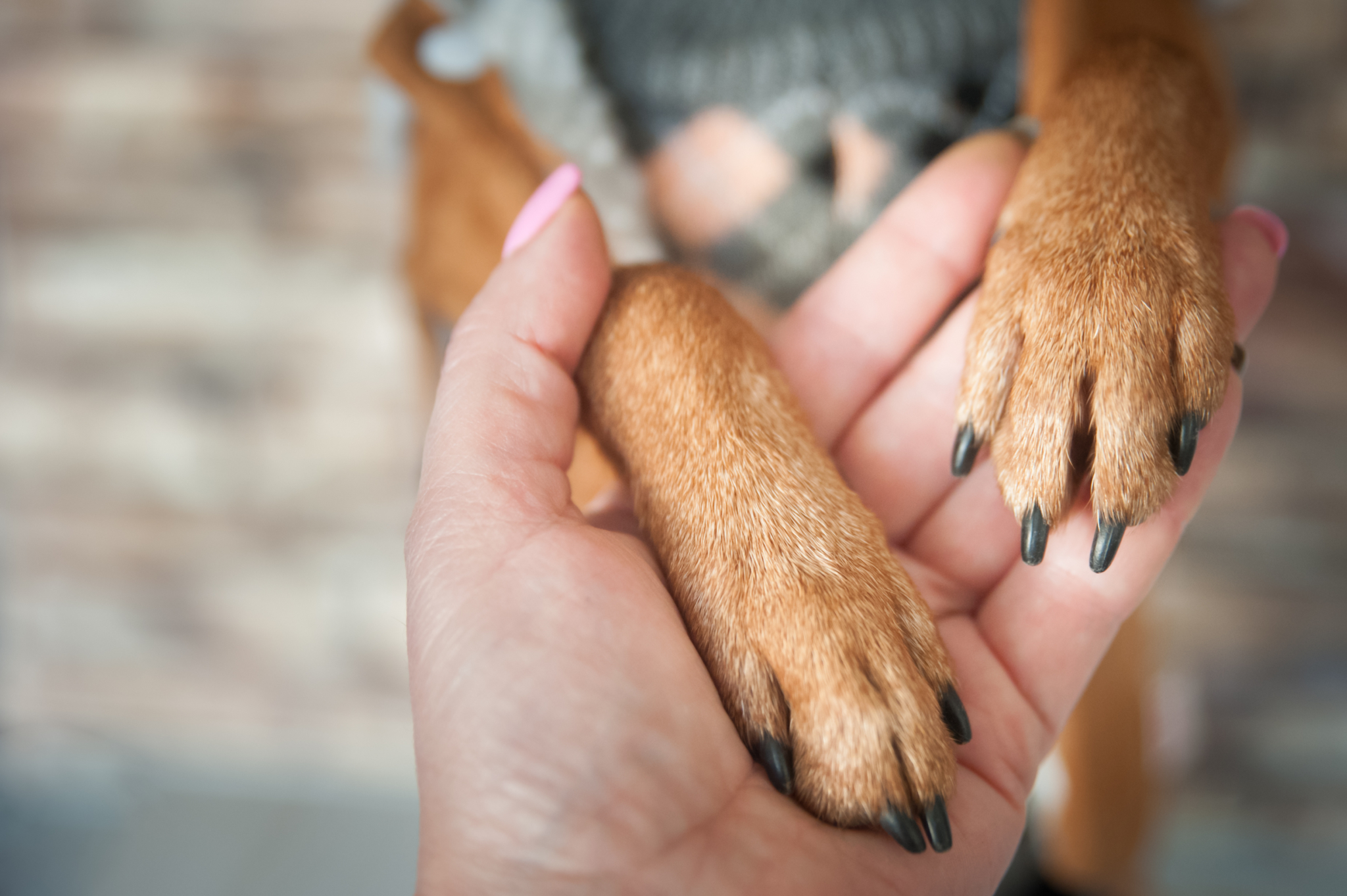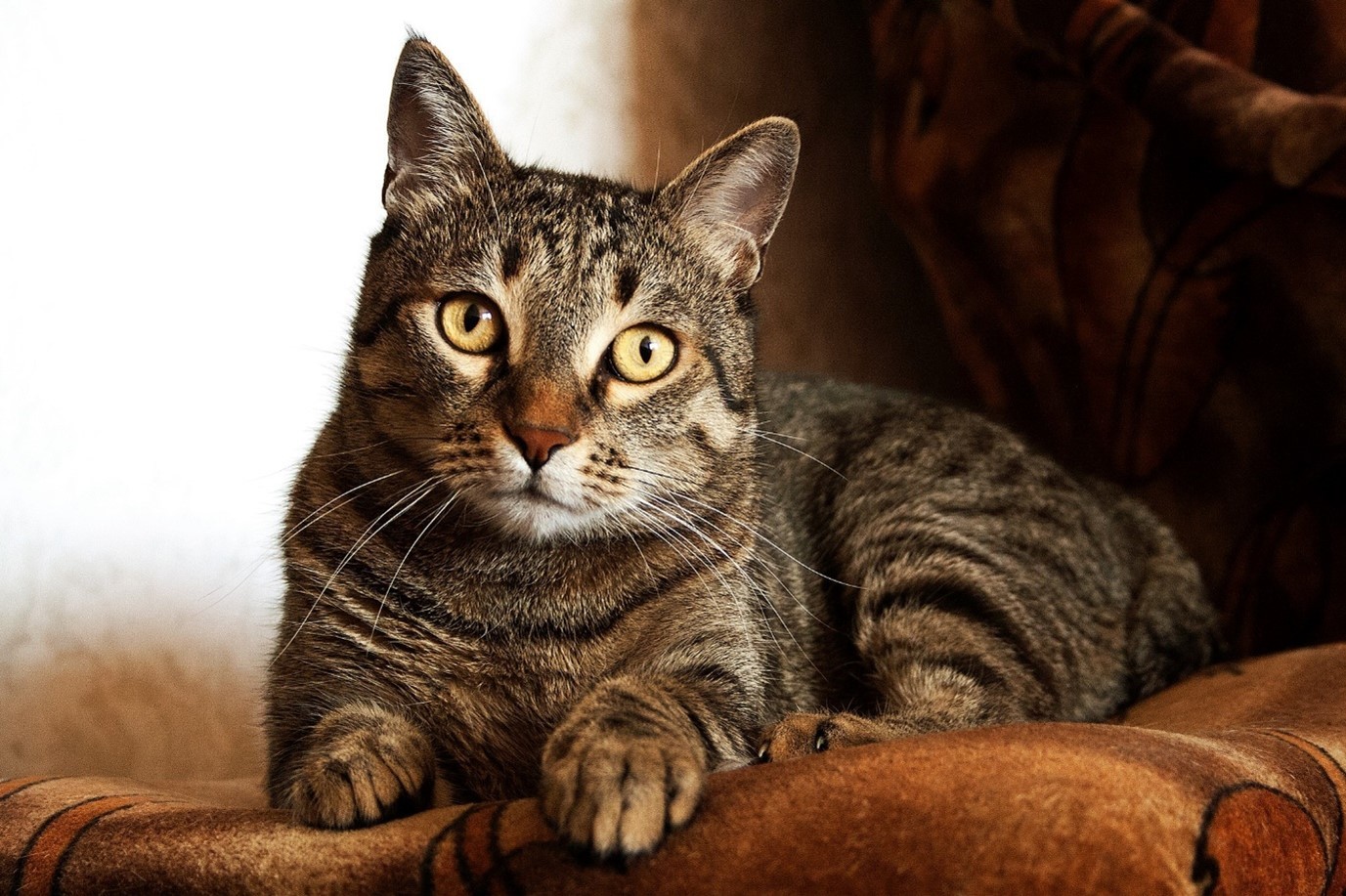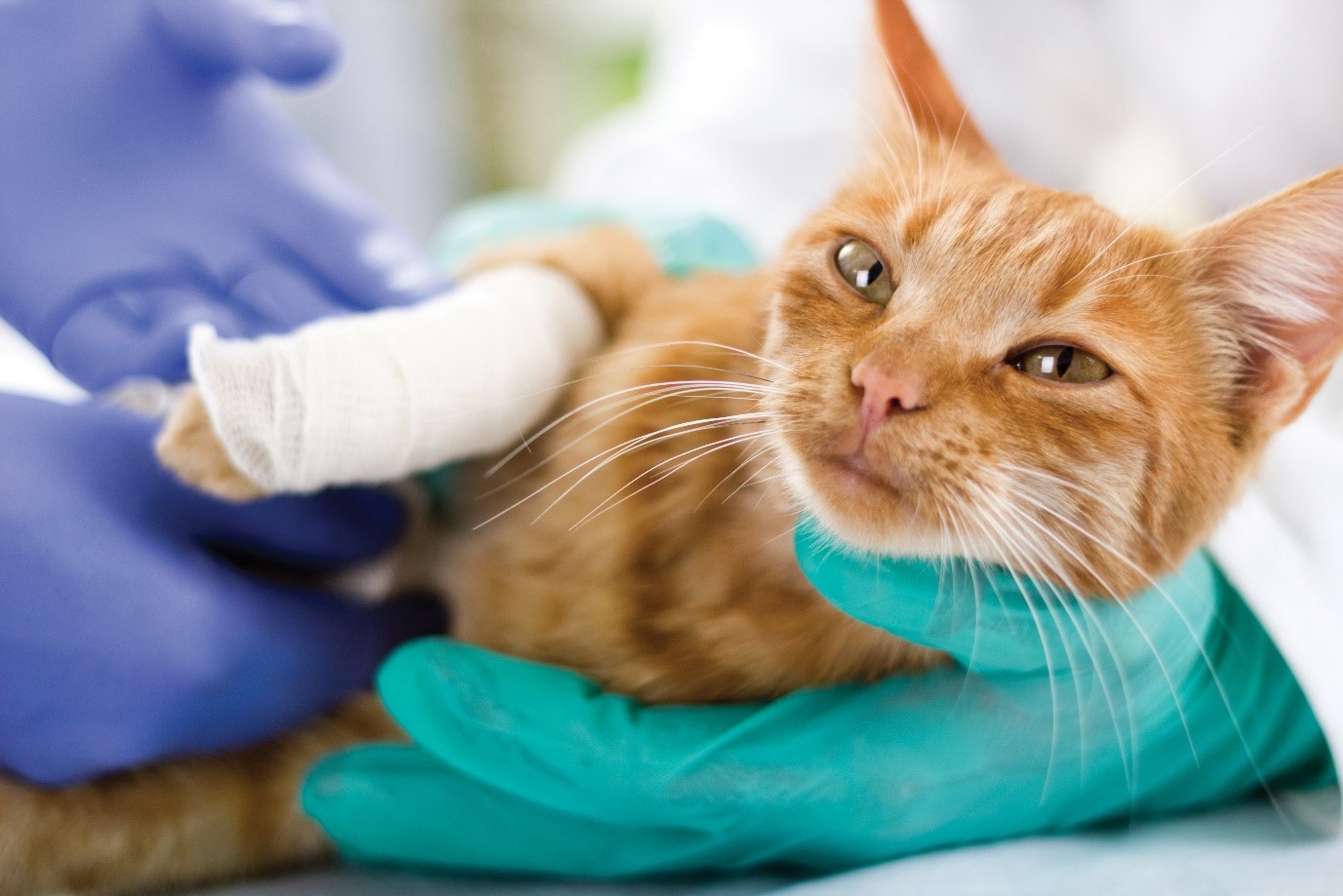Just like humans, our pets can get injured and sick. Knowing how to help your pet before you get them to the vet can save their life.
Bleeding
The sight of blood can be upsetting but it is important to try and keep yourself and your pet calm. Approach your pet quietly and speak to them softly and gently.
- Clean your hands then try to identify from where your pet is bleeding. Take care because if your pet is in pain it may bite.
- Find a clean towel or bandage then apply firm pressure to the wound.
- Contact your vet for advice, especially if the bleeding does not stop or your pet continues to be distressed.

Choking
How can you tell if your pet is choking? Most pets will show a combination of the following symptoms if they are choking on something:
- Distress
- Pawing at the mouth
- Coughing
- Excess saliva (drooling)
- Gagging or retching
- Rubbing their face against the ground
- Their skin or mucus membranes appear bluish in colour (lips, gums and around the eyes), due to a lack of oxygen in the blood (known as Cyanosis)
If you pet is showing any of these symptoms, they must see a vet as soon as possible.
What can I do if my pet is choking?
- Remove the object, if possible. First, restrain your pet so they do not struggle, causing harm to themselves or you. Ask for help from a family member or bystander.
- If your pet is choking because they have string, cord or a similar item wrapped around their neck, carefully cut it off using a pair of scissors.
- If you believe that your pet is choking because they have something stuck in their throat, open their mouth to see if you can locate the object causing them harm. If you can see something lodged in the animal’s throat, use your finger to try and swipe it away and out of their mouth. Be careful, they will be scared so they might try and bite you.
- If you cannot see what it is causing your pet to choke DO NOT put your finger down their throat to try and find it, as you risk causing them injury.
- If you are unable to dislodge the object by swiping it away, DO NOT try to poke or push on it, as this action may force the blockage further down your pet’s throat.

Seizure
If your pet is lying on their side and moving their paws randomly and doesn’t respond when you call them, they may be having a seizure.
- Call out your pet’s name and see if they respond in any way. Although you may want to offer comfort by holding them, please avoid doing so, as you may get hurt even if your pet is usually good-natured.
- Clear the area around your pet so they cannot hurt themselves.
- It will help your vet if you can take a video of your pet having the seizure and record how long it lasts.
- If the seizure lasts longer than two minutes your pet needs to see a vet as soon as possible.
- Contact your vet for advice. Be very careful if you need to move your pet to get medical attention.
- If the seizure ends within two minutes, you will still need to call your vet for advice. Try to keep your pet calm.
- When the seizure has finished your pet may be disorientated and could easily injure themselves by falling over or bumping into walls or furniture. Keep them safe.
Poisoning:
Pets are curious creatures and aren’t always able to resist temptations that they may find. If you suspect your furmily member has ingested something they shouldn’t have, call your vet right away. Making your pet vomit at home is fraught with risks and dangers and is not recommended.
The sooner your pet is seen, the sooner a treatment plan – which may include vomiting – can start. A quick response can make all the difference.
Take note of when the item was eaten and how much your pet had. Take the packaging with you to a vet, as well as some spare towels (in case your pet vomits).
Common poisons include:
- Raisins
- Grapes
- Chocolate
- Lily flowers (cats)
- Garlic
- Onion
- Paracetamol
- Ibuprofen
- Slug bait
- Rat bait
- Anti-freeze (engine coolant)
- Mouldy food
- Xylitol sweetener (often found in sweets or chewing gum)

Dehydration
Pets can easily become dehydrated when they don’t eat or drink regularly. They may become unwell and vomit, have diarrhoea or urinate frequently.
Avoiding dehydration is essential, as it can lead to kidney or other organ failure, unconsciousness or death in extreme cases.
Here are some signs that your pet may be suffering from dehydration:
- Loss of skin elasticity
- Loss of appetite
- Panting (this is more subtle in cats than in dogs)
- Vomiting
- Reduced energy
- Sunken looking eyes
- A dry nose
- Dry, sticky gums
- Saliva that appears thick, like a paste
How to check if your pet is dehydrated:
- Check the elasticity of their skin. Pull the skin between their shoulder blades; if should spring back into shape, not remain ‘tented’.
- Offer your pet small amounts of water to drink every few minutes. Alternatively, you could give them small pieces of ice to lick. If your pet is not interested in drinking the water, you could try mixing in some water to their food or adding a teaspoon of chicken or beef broth to their drinking water to tempt their appetite.
- If your pet’s condition does not improve take them to the vet.
Heat exposure
Pets, like people, can easily succumb to heat stroke if they are left in hot places (such as in the car) or if they have been exercising in hot weather. Heat stroke is a serious condition that can lead to pets collapsing and losing consciousness.
The most obvious sign of heat stroke in dogs and cats is excessive panting and drooling (in cats, this may not be as noticeable).
Animals may also:
- Become agitated, weak and confused.
- Have an increased heart rate.
- Appear to be working harder to breathe.
- Vomit or have diarrhoea.
- Display uncoordinated movements.
If you suspect that your pet has heat stroke:
- Move them to a cool place. Try to cool them down using a wet towel, a fan or air conditioning.
- Provide plenty of fresh water.
- Arrange to have your pet examined by a vet as soon as possible. This is essential, even if your pet looks like it is getting better, or you just suspect that they have heat stroke.

Road Accidents
If an animal has been hit by a vehicle, you will be eager to help them but only approach them if it’s safe to do so. Ask bystanders to stop traffic for you.
Gently assess your pet’s condition by looking for any bleeding and wounds (refer to the section entitled ‘Bleeding’. Check to see if they are breathing.
Gently move them off the road. Take care, as an animal in pain may bite or lash out.
Find a clean towel to help stop any bleeding. If a clean towel is not available, you can substitute it with other items, such as clothing. You may need to ask people who are nearby for assistance.
Take your pet to the vet immediately. They could have serious internal bleeding, even if there are no other visible signs of injury.
Insect, Snake or Spider Bites
You may not always know if your pet has been bitten by an insect, snake or spider. They may cry out but alternatively, they may not even be aware of the bite.
You might notice that your pet has been bitten if they are swollen anywhere or if they develop a limp.
What to do if you suspect your pet has been bitten:
- Take a photo if you see an insect, snake or spider nearby.
- Keep calm. Soothe your pet to try and minimise movement. It’s vital that they don’t move, as movement spreads the venom around the body’s lymph system, which can lead to organ failure.
- Apply a pressure bandage over and around the site of the bite. This will help slow the venom from spreading to the animal’s heart.
- DO NOT apply a tourniquet (a stick, belt, rope or other tight device used to stop bleeding) - it restricts blood flow to the affected site, causing soft tissue and nerve damage.
- DO NOT try to remove the sting or clean the site of the bite or puncture. Washing off the venom can prevent a vet from being able to identify the type of snake that has bitten your pet.
- Telephone your vet or take your pet directly to a vet for treatment. Be careful when you move your pet. They may bite if they are distressed and in pain.
Other impawtent information
Always seek professional advice from a registered veterinarian. In an emergency, take your pet to the closest vet even if you’re not registered with them. Any vet will see you in an emergency. For a list of vets in South Australia, please visit our Find a Vet page.
If your vet is closed or if it is after hours, please call the nearest veterinary emergency centre.
South Australian 24/7 vet locations
SASH – The Small Animal Specialist Hospital
99 Rundle Street, Kent Town
8133 5300
Adelaide Veterinary Specialist and Referral Centre
102 Magill Road, Norwood
8132 0533
Blakes Crossing Veterinary Surgery
41 Village Terrace, Blakeview
7231 3000
Blakes Tiver Road Veterinary Centre
5 Tiver Road, Evanston South
7231 3099
To receive handy hints and tips about pet ownership, hit the button below!
